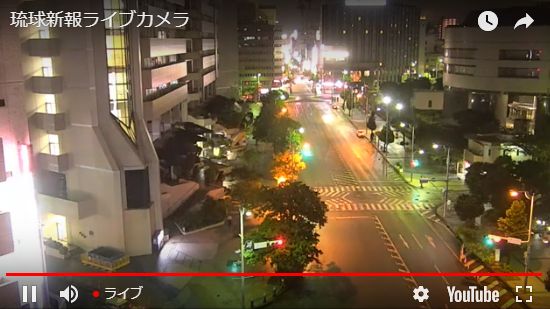CV-22 Osprey set to deploy at Yokota Air Base also being used for night training in Okinawa, has a higher accident rate than the MV-22
March 29, 2018 Ryukyu Shimpo
Tokyo – The U.S. military announced that the CV-22 Osprey scheduled to deploy from Yokota Air Base (Fussa City, Tokyo), will conduct nighttime flight training, air-to-surface firing training, and nighttime landing training in Okinawa.
While it was previously known that the CV-22 would be conducting air-to-surface firing and landing training in Okinawa, this was this first time it was announced that this training would also happen at night.
While the total flight hours for the CV-22 are at 74,000 hours relatively less than the MV-22, the per-100,000 flight hour Class A mishap rate is higher: 4.05% for the CV-22 compared to 3.24% for the MV-22
The Pentagon announced that the deployment of the CV-22 has been delayed to 2020.
The mishap rate for the MV-22 was revised to 3.24% this year, however in the past it was much higher.
The Japanese government indicated that the accident rate for these vehicles experience a downward trend from the moment they are deployed onward.
(English Translation by T&CT and Sam Grieb)
Previous Article:Information wanted for a discovered pen case with name “Masao Uema”
Next Article:Civilian aircraft not permitted in Iejima training airspace despite 1985 U.S.-Japan agreement
[Similar Articles]
- Osprey accidents in Afghanistan conspicuously high at one per 90 flight hours
- Marine Corps to operate Osprey aircraft all over Okinawa
- 2016 demographics: Okinawa birthrate remains highest in Japan for 43 years straight, but natural growth rate lowest since reversion
- Serious accident rates increase for Ospreys over the last year
- US Marine Corp to deploy Osprey at Futenma Air Station
 Webcam(Kokusai Street)
Webcam(Kokusai Street)


